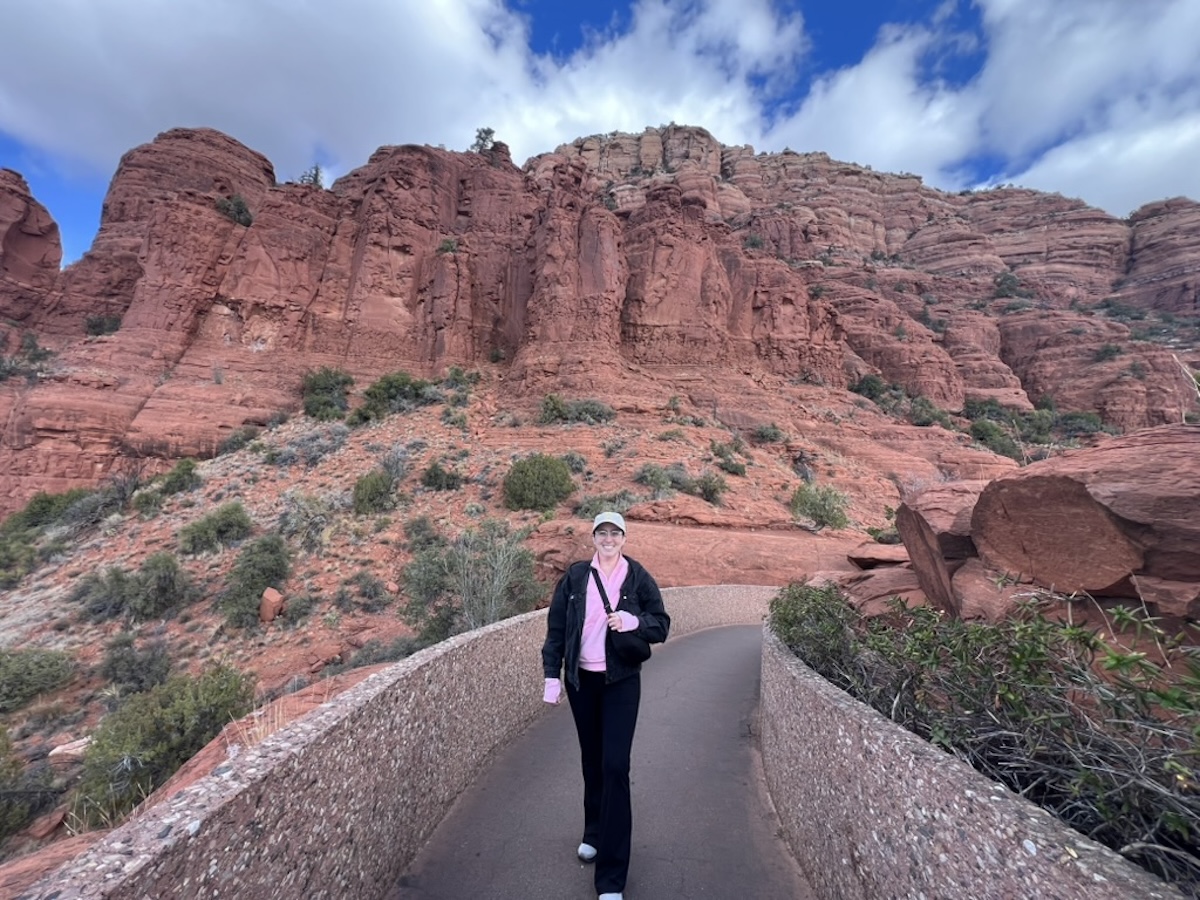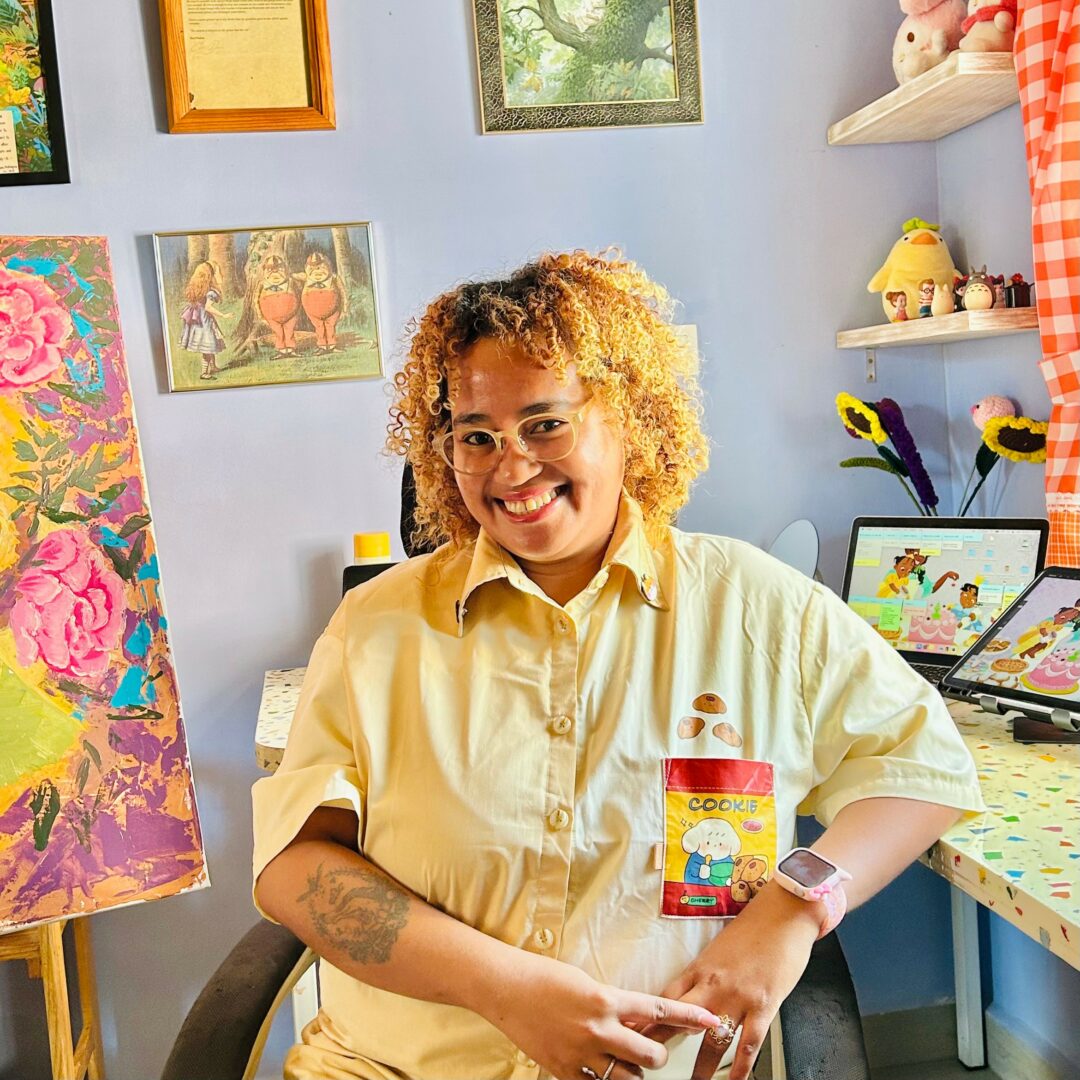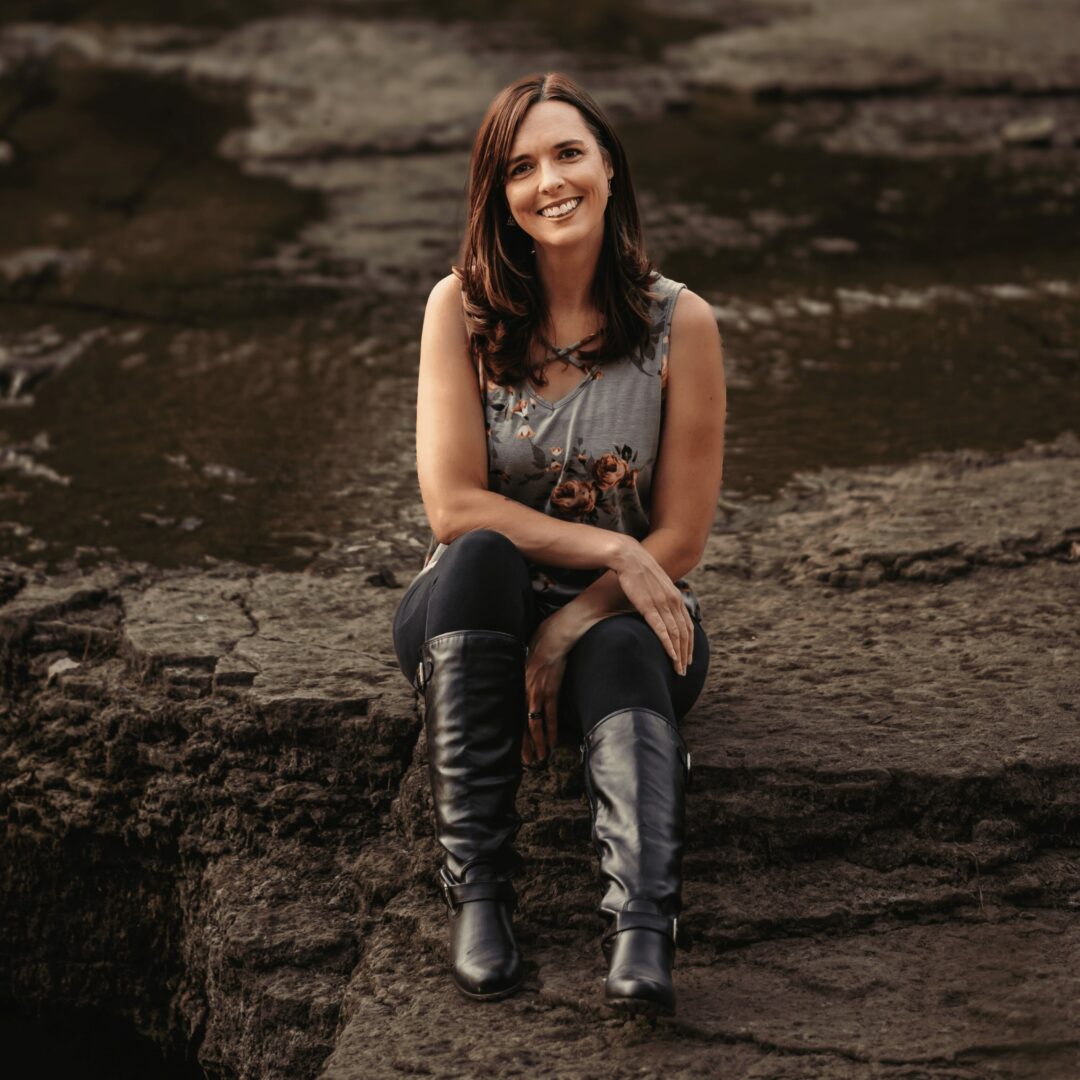We caught up with the brilliant and insightful Mark Armstrong a few weeks ago and have shared our conversation below.
Mark, so good to have you with us today. We’ve always been impressed with folks who have a very clear sense of purpose and so maybe we can jump right in and talk about how you found your purpose?
I found my purpose (being an illustrator who specializes in humor) through a combination of reflection and dumb luck.
I worked after school at a drug store in a small town. Part of my job was decorating the store windows. I didn’t have much to work with, so I had to get creative. I loved doing it, and I should have picked up on the hint that I was a visual communicator.
But I didn’t. I drifted into programming and systems analysis for an insurance company. When the company decided to relocate, it woke me up and presented a now-or-never opportunity. I decided to get brave and become a freelance artist.
Appreciate the insights and wisdom. Before we dig deeper and ask you about the skills that matter and more, maybe you can tell our readers about yourself?
I’m a freelance illustrator. I started out as a gag cartoonist, then moved into illustration.
I specialize in humor, conveying ideas in a funny way that gets people’s attention and causes them to drop their shields long enough to be open to a message.
Early in my career I did a lot of editorial work, illustrating stories for magazines and business journals. I also drew a lot of caricatures at Christmas parties, company picnics, business expos, you name it. I’ve worked as a political cartoonist as well.
My editorial assignments dropped as print magazines folded, and I moved into creating visuals for marketing campaigns. I’ve done work for Coca-Cola and Chick-fil-A.
The most exciting and enjoyable aspect of my work is thinking up ways to summarize an idea or story in a visually pleasing way. Adding a little humor gets attention and creates a receptive mood. It makes people more likely to read the copy and be open to the idea.
In the last year or so, I’ve expanded in a couple of directions. I’m currently working on a children’s book (my first). I’m also doing a lot more writing, specifically on the Medium platform. I write about marketing and communication. I also do humor pieces.
Looking back, what do you think were the three qualities, skills, or areas of knowledge that were most impactful in your journey? What advice do you have for folks who are early in their journey in terms of how they can best develop or improve on these?
This will sound odd, but “not knowing any better” was an essential skill for me. I’ve never been to art school. I’m self-taught, illustration-wise, including both drawing and using image-editing programs. I didn’t have a portfolio when I decided to be a freelance artist. I didn’t have a business plan, I just jumped in. Not very smart, and embarrassing to relate, but in a sense I made it work because I didn’t know any better.
Skill #2: Knowing when to pivot. I couldn’t sell enough gag cartoons to make a living, so I switched to magazine illustration. When that dried up, I switched to marketing. I’ve learned that “visual communication” does not stand still. You have to be willing to reinvent yourself and ferret out new opportunities.
Skill #3: My greatest strength is thinking up ideas. You’ve got to have a good idea before you start drawing. True for a gag cartoon, an illustration, a marketing campaign. There are lots of people who can draw better than I can, and AI-generated images are a dime a dozen. I try to sell myself as an idea person.
Advice: take art and design classes. Learn the rules, you can creatively break them later. Be computer savvy. Learn the various design and image-editing programs. Experiment. Discover your style, what makes you unique. Go to school on artists you admire, but don’t copy them. Have fun (if you don’t enjoy the work, you’ve made a wrong turn somewhere). Above all, figure out a way to be different.
Is there a particular challenge you are currently facing?
The #1 obstacle facing EVERY artist today is artificial intelligence software, specifically AI image generators like DALL-E 3 and Midjourney. It’s hard to compete with programs that will spit out images in response to simple text prompts, especially when they only cost $10 or $20 a month.
You meet this challenge in one of two ways. You become an AI artist yourself (in the sense of mastering the programs and using them to generate images), or you double down on human-generated art, and try to make a case for it.
I’ve chosen the second path. It’s going to be a tough slog for awhile because people like the novelty and cheapness of AI images. My feeling, however, is that as AI images proliferate, they will start to look more and more alike. They will become a new kind of stock art. People scroll past stock images because they LOOK like stock images– something that’s just plugged in because someone needed a visual.
Visuals are meant to get people’s attention. They’re meant to get the person to DO something: read the post, buy the book, watch the ad. To succeed, a visual has to be DIFFERENT. Human art has always been about NEW ideas. I’m betting some brands will still be willing to invest in human artists to help them stand out from the crowd.
I expect AI to “win” in the short term, but I’m doing two things to help us human artists bounce back. I’m working on a children’s book (an art form almost wholly dependent on imagination). I’m also doing more writing. I illustrate those posts and share them on my social platforms. I’m trying to show I’m an idea person and that REAL (human-generated) illustration has an unmatched power to get attention.
Contact Info:
- Website: https://markarmstrongillustration.com/
- Instagram: https://www.instagram.com/mrstrongarm/
- Facebook: https://www.facebook.com/markarmstrongillustration
- Linkedin: https://www.linkedin.com/in/markarmstrongillustrator/
- Twitter: https://twitter.com/mrstrongarm
- Youtube: https://www.youtube.com/channel/UC3kBuP0fecglafPobx2IyOg
- Other: Medium: https://medium.com/@mrstrongarm








Image Credits
All images by Mark Armstrong.




